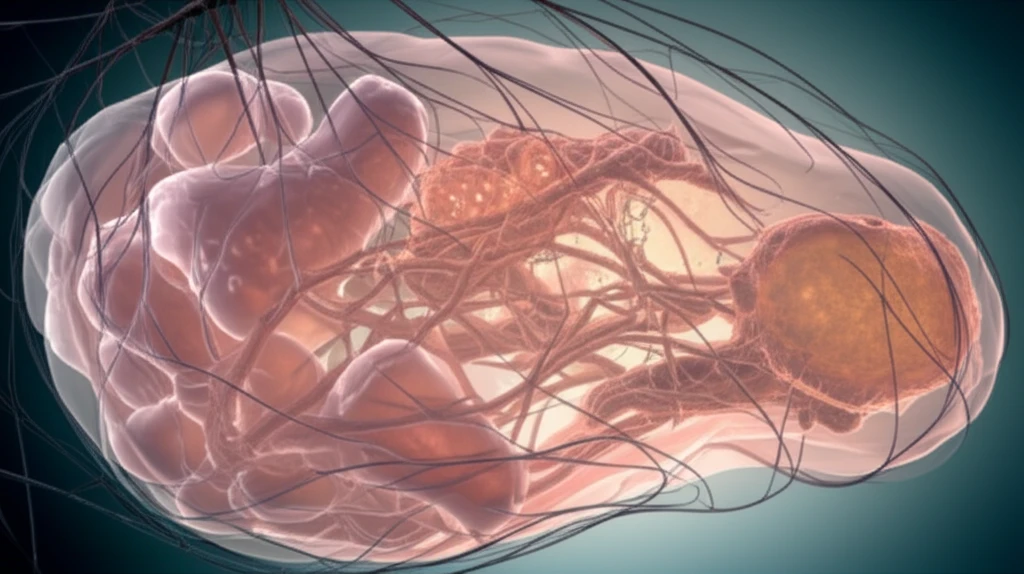
Gallbladder Polyps: When Should You Worry?
"Understanding risks, symptoms, and latest treatment options for polypoid lesions. Navigating the confusion with evidence-based advice."
Gallbladder polyps, also known as gallbladder polypoid lesions (GPs), are growths that protrude into the gallbladder. GPs are found in 5-10% of the general population. While most are asymptomatic and benign, some can develop into cancer, carrying a poor prognosis. Identifying these potential dangers early on is the key.
The challenge? Classifying GPs is difficult. Differentiation of benign from malignant is unclear and there is still a lack of evidence-based guidelines in detection or managing GPs of varying sizes. The medical community lacks uniformity and a single consensus, leading to uncertainty for doctors and patients alike.
In a comprehensive review by Anan Xu and Hai Hu, published in the Expert Review of Gastroenterology & Hepatology, the complexities surrounding gallbladder polyps are examined. The study sheds light on controversies, outlines data, and offers scientific, accurate, and appropriate management strategies for GPs.
Decoding Gallbladder Polyps: What You Need to Know

The research by Xu and Hu compiles existing data to help patients get the most up-to-date understanding of these lesions. The study utilized a PubMed database search from January 2000 to September 2016, using search terms such as “gallbladder polyps” AND “polypoid lesion of gallbladder”. Original, reviewed and relevant publications are examined.
- Prevalence: GPs are common, affecting approximately 5-10% of adults globally. Higher rates are reported in East Asia.
- Risk Factors: Unlike gallstones, GPs don't have consistent risk factors. Some studies show links to male sex, middle age, and metabolic syndrome.
- Natural History: Most GPs stay the same size or disappear. Only a small percentage grow or become cancerous.
Navigating Uncertainty: The Path Forward
Living with the uncertainty of gallbladder polyps can be stressful. Remember, most GPs are benign, and ongoing research is refining our understanding. The expert review offers a framework for personalized management, emphasizing the importance of accurate diagnosis and tailored treatment strategies. Stay informed, stay proactive, and work closely with your healthcare provider.
